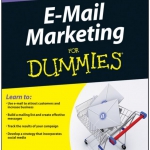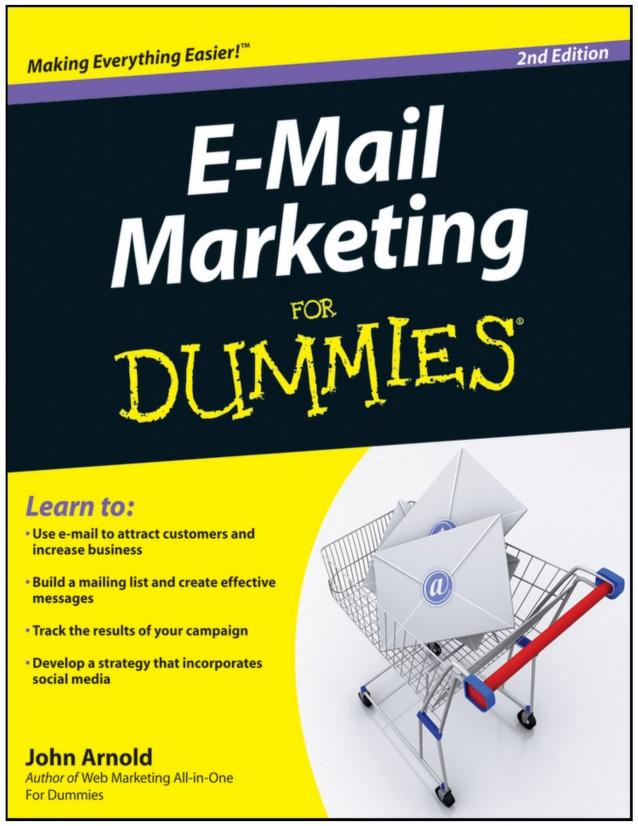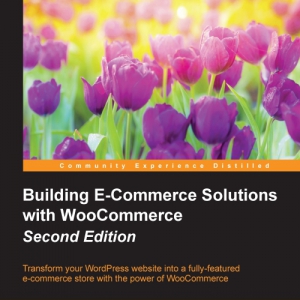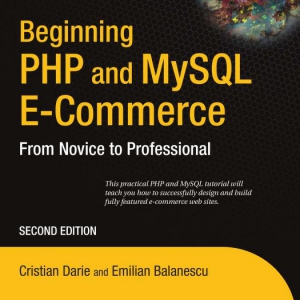Description
E-mail isn’t a new technology anymore, but you can do a lot of new things in e-mail marketing. E-mail can be delivered to mobile devices and can integrate nicely into a social media marketing strategy.
E-mail marketing represents an opportunity to experience both the thrill of increased customer loyalty and steady repeat business as well as the agony of bounced e-mail, unsubscribe requests, and spam complaints. Whether you find thrill or agony in your email marketing strategy depends on your ability to effectively deliver valuable and purposeful e-mails to prospects and customers who have a need for your information.
This eBook will teach you how to:
- Use e-mail to attract customers and increase business
- Build a mailing list and create effective messages
- Track the results of your campaign
- Develop a strategy that incorporates social media
This eBook is dedicated to the individual entrepreneurs who love the spirit of free enterprise and who live to share their personal passions with their customers and their communities.











Reviews
There are no reviews yet.